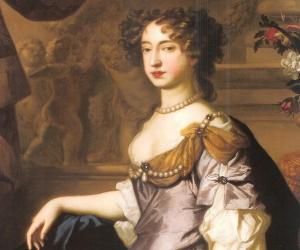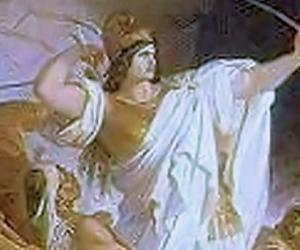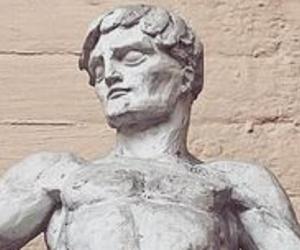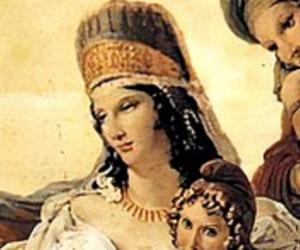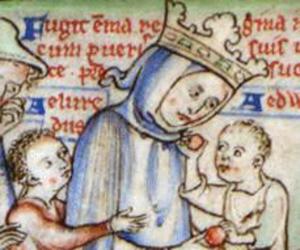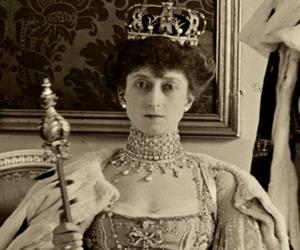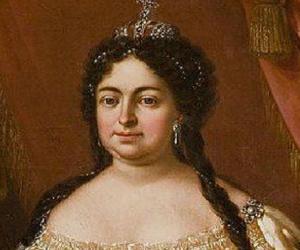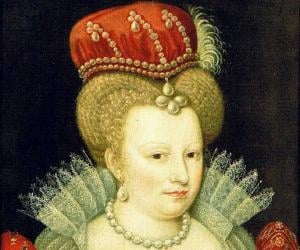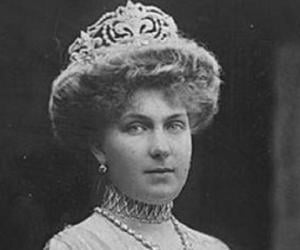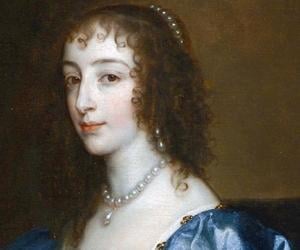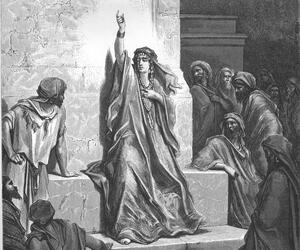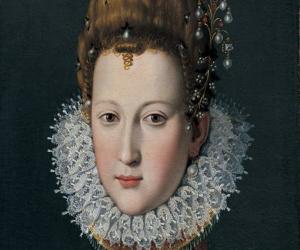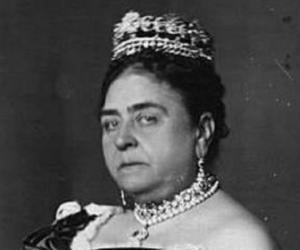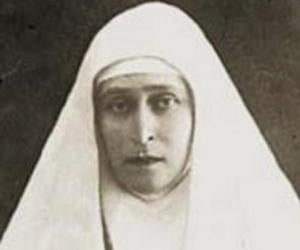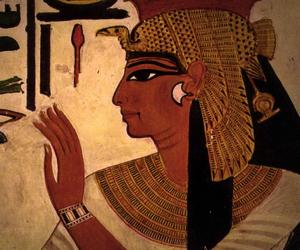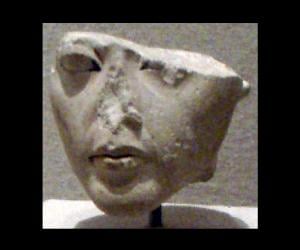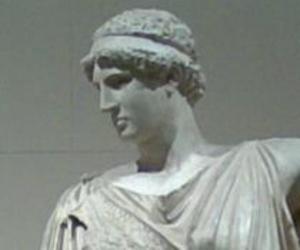Mary II was the daughter of King James II and served as the joint sovereign of England, Scotland, and Ireland alongside her husband, King William III. As the eldest child of James and Anne Hyde, Mary was second in line to the throne from a young age, after her father. Following the death of her uncle, Charles II, James ascended the throne as King of England. However, his pro-Catholic policies made him highly unpopular, leading to opposition that eventually invited William and Mary to take the throne in what became known as the Glorious Revolution. James's exile left the throne vacant, which Mary and William filled as joint sovereigns. Though Mary became queen regnant, she was not politically ambitious and preferred her husband William to take control. To formalize their rule as joint monarchs, Parliament issued a Declaration of Rights, which led to both being recognized as joint sovereigns. Under their leadership, the important Bill of Rights was passed, significantly reducing the powers of the monarchy. Although William held primary control, Mary governed effectively during his absences, demonstrating her abilities as a firm and capable ruler. Mary was also deeply religious, attending prayers twice daily and actively engaging in Church affairs.
British Celebrities Born In April
Died At Age: 32
Spouse/Ex-: William III of England
father: James II of England
mother: Anne Hyde
siblings: Anne, Catherine Stuart, Charles Stuart, Duke of Cambridge, Duke of Kendal, Edgar Stuart, Henrietta Stuart, James Stuart, Queen of Great Britain
Born Country: England
Empresses & Queens British Women
Died on: December 28, 1694
place of death: London, England
City: London, England
Cause of Death: Smallpox
Mary was born on April 30, 1662, at St James’ Palace, London, to James, Duke of York and Anne Hyde. She was baptised in Anglican faith unlike her father who converted to catholic. She had a younger sister, Anne. Her uncle, Charles II was the King of England.
Under William and Mary’s reign, the Bill of Rights was introduced in the parliament in 1689. It became one of the most important constitutional documents as it limited sovereign powers. It forbade suspension of laws passed by the parliament, enforcing acts without parliamentary consent such as levying of taxes, infringing the right to petition, denying the right to bear arms to Protestant subjects, unduly interfering with parliamentary elections or inflicting cruel or unusual punishments. All in all, it reaffirmed parliamentary powers.
Mary and William were married on November 4, 1677, in St James’ Palace by Bishop Henry Compton. She became a devoted wife and was popular within the Dutch circle due to her amicable personality.
Mary II of England was an avid collector of porcelain and had a vast collection of beautiful teacups and dishes.
She was known for her love of gardening and spent hours tending to the gardens at Kensington Palace.
Mary II had a talent for languages and was fluent in Dutch, French, and German in addition to her native English.
She was a skilled equestrian and enjoyed riding horses in her free time.
Mary II was a patron of the arts and supported many artists and musicians during her reign.


